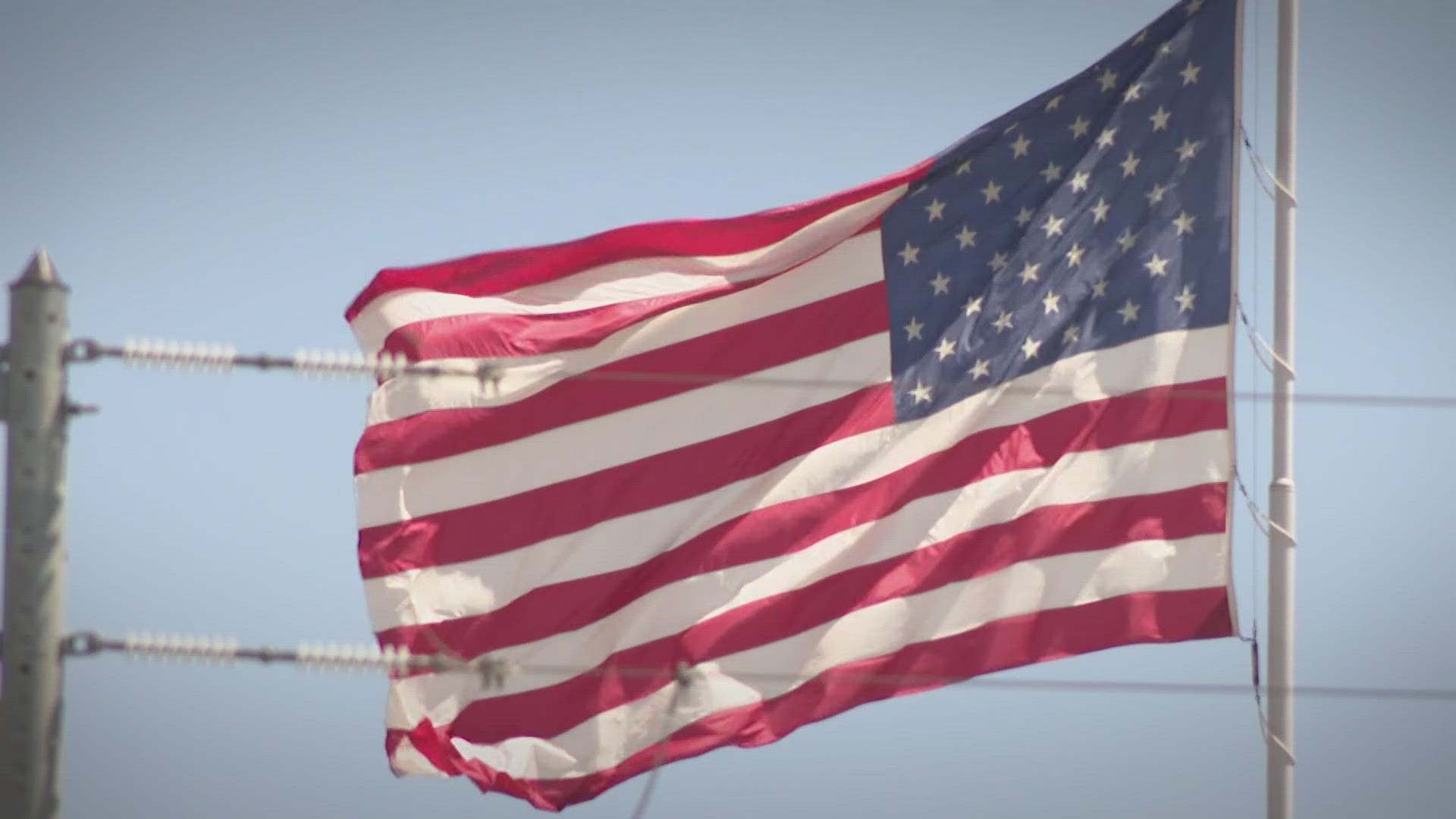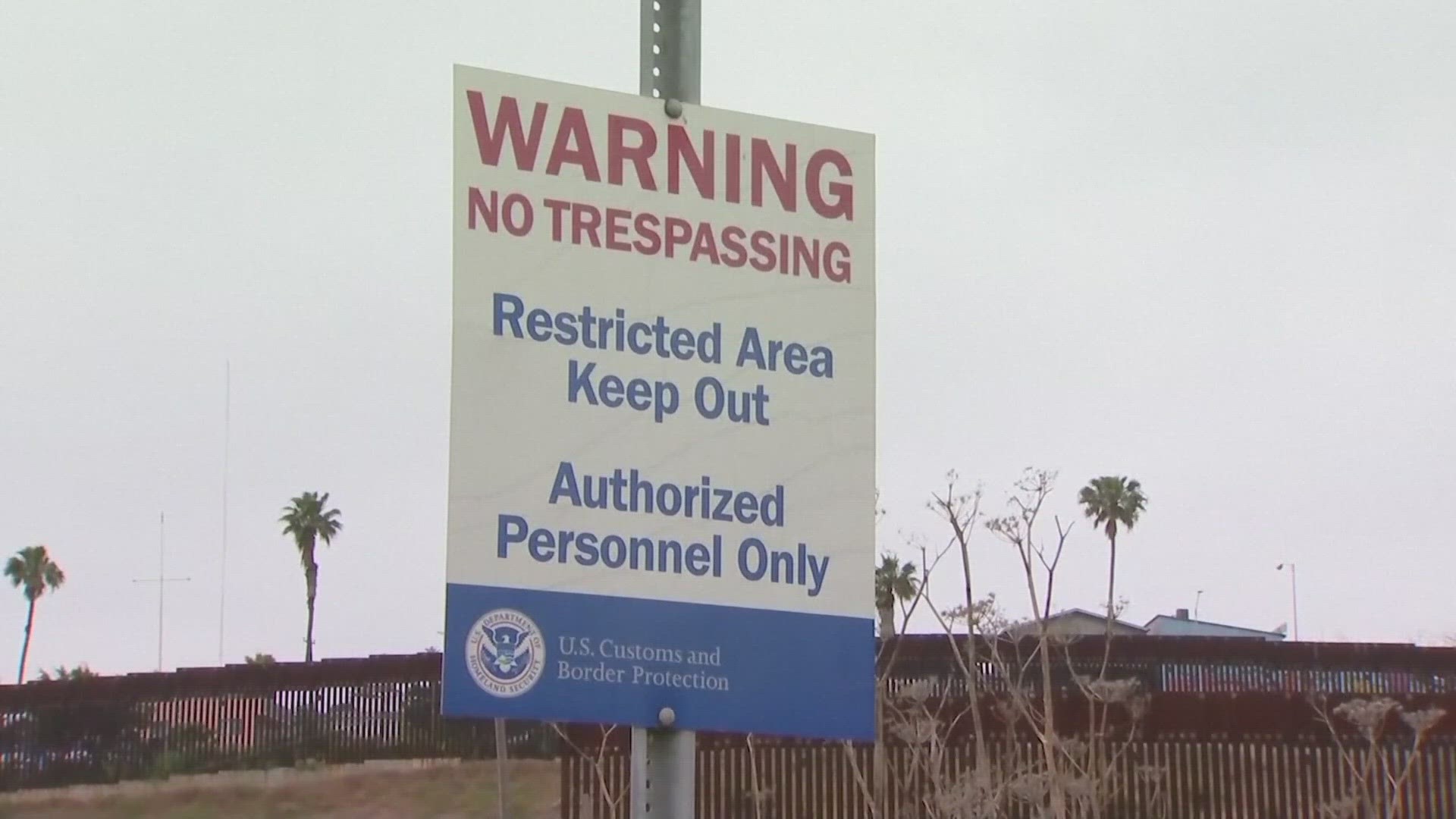YUMA, Ariz. — It's been a month since the end of Title 42. But after President Biden warned it would be "chaotic," humanitarian groups called for backup, and lawmakers demanded restrictions, how has the new immigration policy really impacted immigration?
Right now it's one short-term fix after another, local leaders tell 12News, but May's surge of migrant crossings in Yuma didn't last. The Biden Administration hopes that a combination of stricter punishments for illegal crossings and new pathways to apply for entry will ease pressure on Border Patrol and front-door cities like Yuma.
VERSIÓN EN ESPAÑOL: En la frontera: Un mes después del fin del Título 42
Rates of border crossings fall post Title 42
Yuma is a city linked to the world. Every day, it sends produce across the globe and receives hundreds of migrants from over 130 countries. With that level of connection, many in the city worried about how their lives would be impacted by the end of Title 42's three-year immigration freeze.
“We anticipated with the lifting of 42 the numbers would grow exponentially. They haven’t. They’ve scaled back,” said Yuma County Supervisor Jonathan Lines.
The Department of Homeland Security (DHS) recently claimed that the post-Title 42 plan is working as intended, and the rate of illegal border crossings is falling.
Before the end of Title 42, there were upwards of 800 voluntary surrenders every day in the Yuma sector's 116 miles of the border. Now, the department says it's down to 200-400 a day.
But local leaders fear this new status quo is still too high. From May 12 to June 1, DHS reported sending 38,400 migrants back to their home countries. Many of these migrants arrive with their families.
Meanwhile, Lines and his family continue to coordinate clothing donations for migrant children.
"For the most part, our concern is not the people turning themselves in. Talking to them, it kind of breaks your heart, the circumstances they find themselves in," Lines said.
Whether or not those people will get to stay -- whether their children will grow up in America -- remains to be seen.
The shifting needs of Yuma
Although the number of illegal crossings is going down, they're still historically high. Border Patrol says there's more work to be done.
"The job never changes," Border Patrol agent Fidel Cabrera said. "The amount of people coming in decreased in the last couple weeks. That's not to say we're not busy."
However, one new policy has been a huge benefit to Border Patrol: the expansion of large processing centers to temporarily house migrants waiting to travel to other parts of the country. Additionally, the U.S. Government set up two processing centers in Guatemala and Columbia.

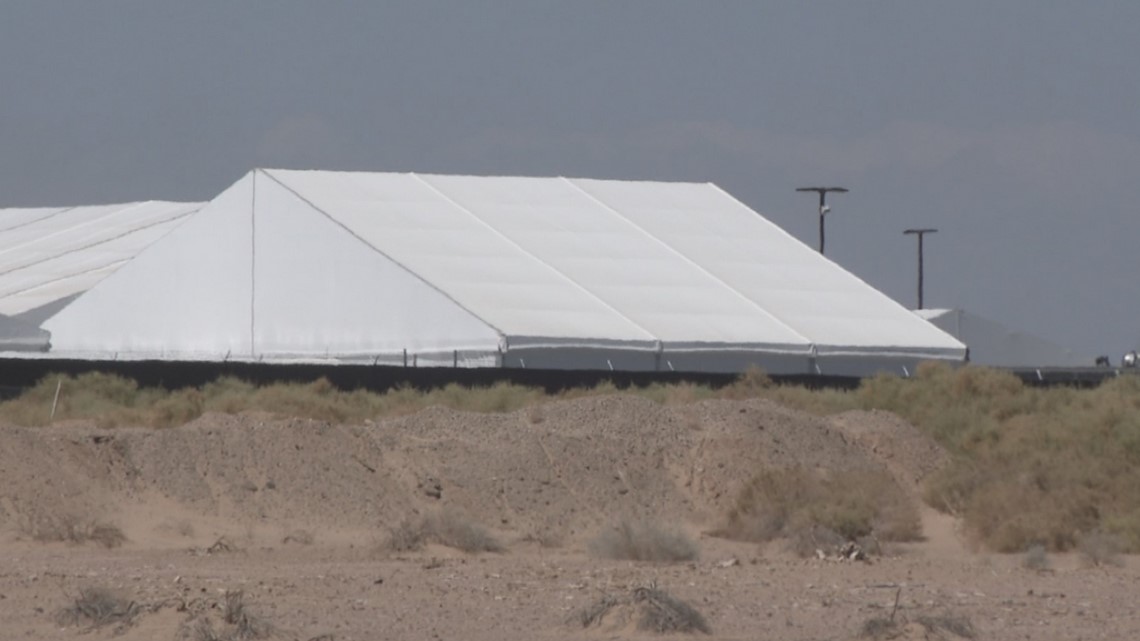
The decreased number of daily surrenders allows Border Patrol to focus more resources on what they call "line enforcement." That is, stopping smugglers.
Earlier in June, Border Patrol agents seized a near record-setting amount of fentanyl during a stop on Highway 8.
"If agents are able to get on highways, and lines, those kinds of arrests are beneficial for all of our communities," Cabrera said.
Even as the application process becomes easier for migrants, penalties for those caught illegally are stiffer under the new Biden policy, including a five-year asylum for some caught crossing.
"The president, to his credit, instituted that five-year ban for people who are caught," Lines explained. "And so that has slowed some people down. Other people have grown a little bit more impatient and that's why they are not turning themselves in."

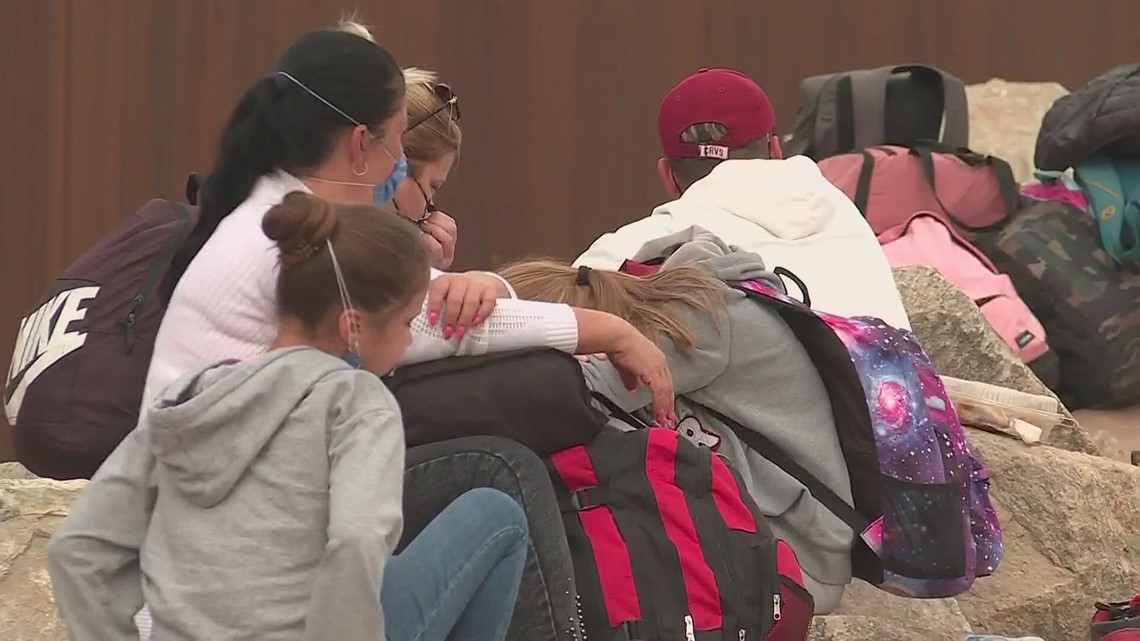
It's not just federal efforts making a difference at the border. Local help is also on the way since the lifting of Title 42. Earlier this month, Governor Hobbs announced a $25 million injection of state funds for communication upgrades, car-fleet expansions, and hiring more personnel.
But local leaders like Yuma Mayor Doug Nicholls are still calling for national reform.
"Until we see a dramatic shift in policy and messaging, I'm not going to be in that comfortable position saying, yeah, this is going to work for us," Nicholls said.
He worries that too many migrants are arriving with false hope. Most will be expelled at a massive cost. The City of Yuma says the new processing center alone costs the federal government $42 million a month.
"I think what we really need to do is dive into what the term asylum really means because I don't believe -- in my exposure of people coming across -- it's not an asylum claim of people whose lives are threatened," Nicholls said. "It's more of an economic search."
Families and their asylum claims
One family arrived over the weekend for exactly that reason: economic opportunity.
6-year-old Mateo arrived Saturday night with his sister and mother and wore an eager smile as he told everyone around he liked Spiderman and Batman movies. His family turned themselves in at the border after a 6-week-long journey that cost them around $2,000.
His mom's asylum claim involves the difficult economic conditions in Ecuador. But it's not clear whether or not that would meet the "credible fear" hardship that would qualify her for asylum.
For now, Mateo and his family will fly to Minnesota to stay with relatives as they await their court date. But even if they're sent back to Ecuador, Mateo's mom said it will have been worth trying.

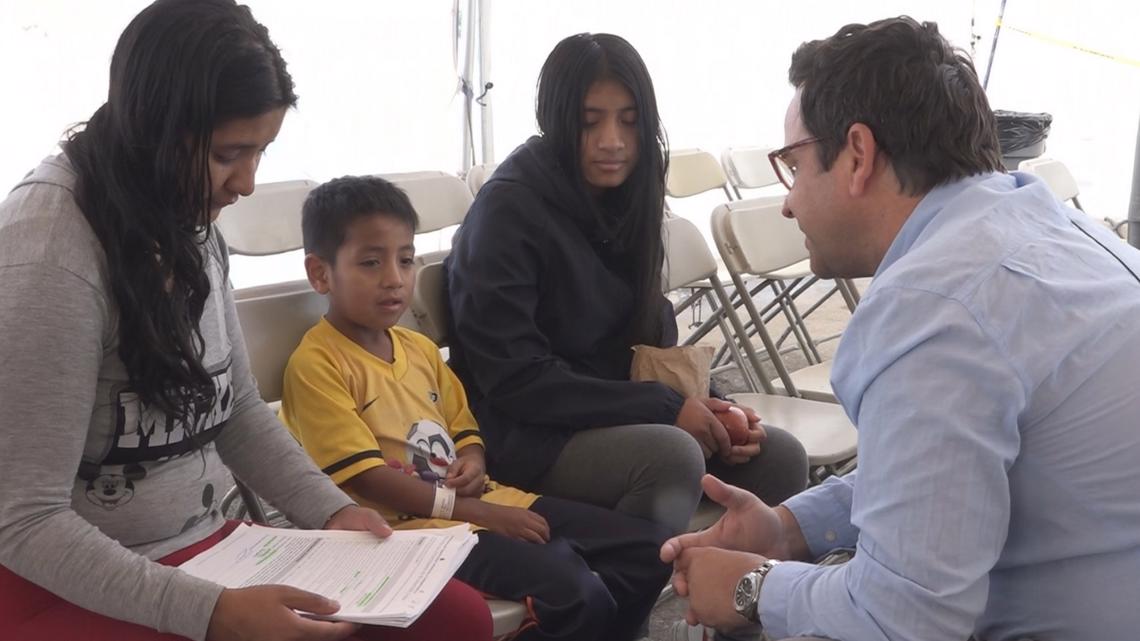
DNA testing of migrant children sparks debate
Up until May, Border Patrol DNA tested migrant children to determine whether or not they were related to the adults that they were traveling with.
A group of Republican Senators is claiming that DNA testing of children was recently halted. Senator Marsha Blackburn reintroduced the End Child Trafficking Now Act, which would require all illegal immigrants at the southern border to confirm their familial relationship with any accompanying minor before coming across. The legislation would deport adults who refuse to take a DNA test and impose a maximum 10-year prison sentence for anyone who lies about their familial ties to a minor.
According to the DNA testing firm AlphaBiolabs, advocacy groups argue not all familial relationships are rooted in biology. Many families that arrive at the border are foster families. Advocates also warn about privacy issues and unreliable tests.
Homeland Security said it was unable to confirm whether it has halted DNA testing because of pending litigation.
The DNA testing question is an example of the uncertainties around the Biden Administration's new policies. It faces lawsuits from both sides of the political spectrum for its post-Title 42 measures. The asylum ban is seen as too harsh by one side, while a humanitarian parole program is viewed as too lenient by the other.
RELATED: US administration argues against trial in case of Trump-era family separations at border with Mexico
Closing gaps in the border
Last year, eleven gaps remained in the border fence of the Yuma sector. Late 2022, former Gov. Doug Ducey drew attention by moving nearly $100 million worth of shipping containers to the border to construct a makeshift wall.
Several Democrats, including now-Governor Katie Hobbs, called the move a costly political stunt. The shipping container wall was ended by a lawsuit from the federal government and torn down early into 2023.
This week 12News observed construction underway to close the gap near Morelos Dam where the shipping containers once stood. Although DHS said it has plans to close several of the remaining gaps, progress has been slow.

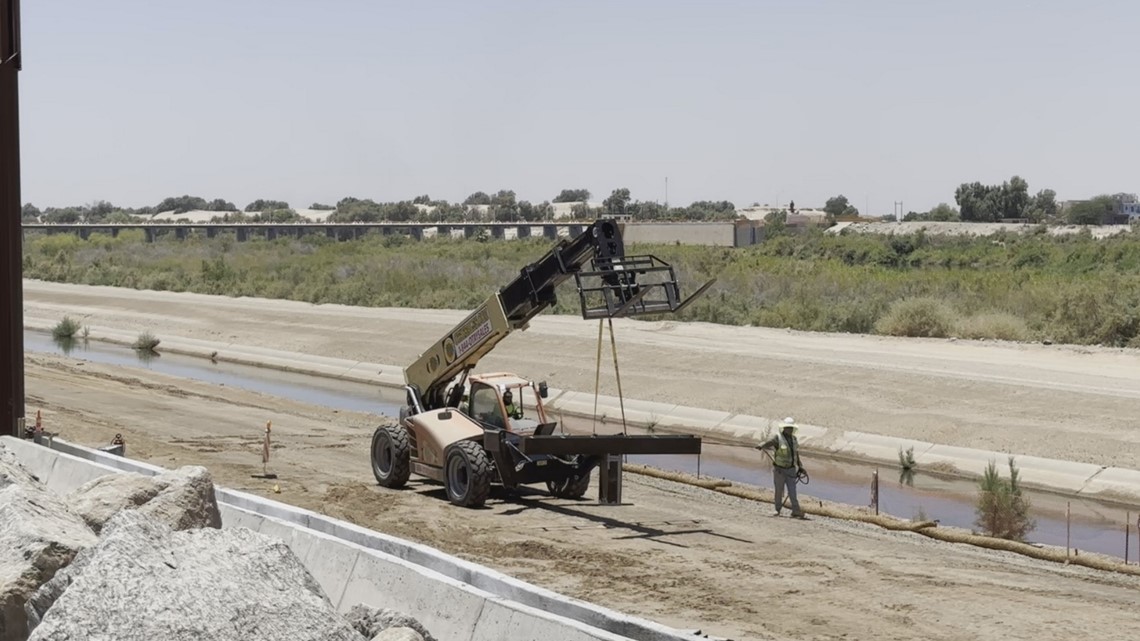
"Secretary Mayorkas committed to us 15, 16 months ago that he would close up nine of 11 gaps. One and a half of those gaps have been closed," Lines explained.
Lines said that DHS has only told him one thing when asked about progress: "They're working on it."
12News asked DHS for a response to Lines' claim. The organization has yet to respond.
The Border
Get the latest news and updates on the 12News coverage of the U.S./Mexico border.

